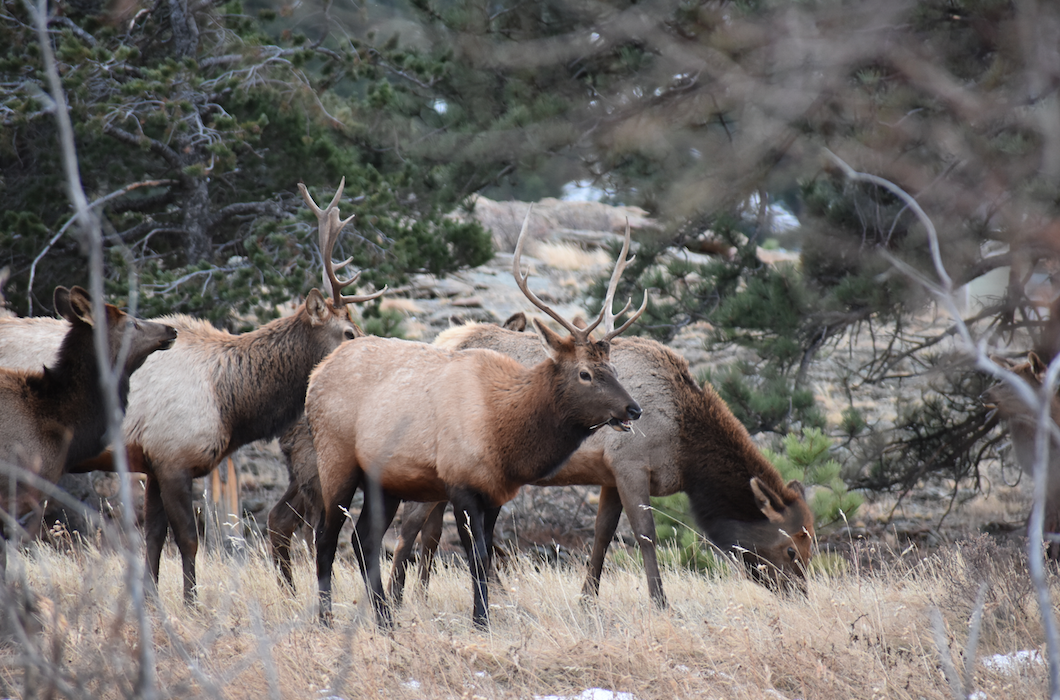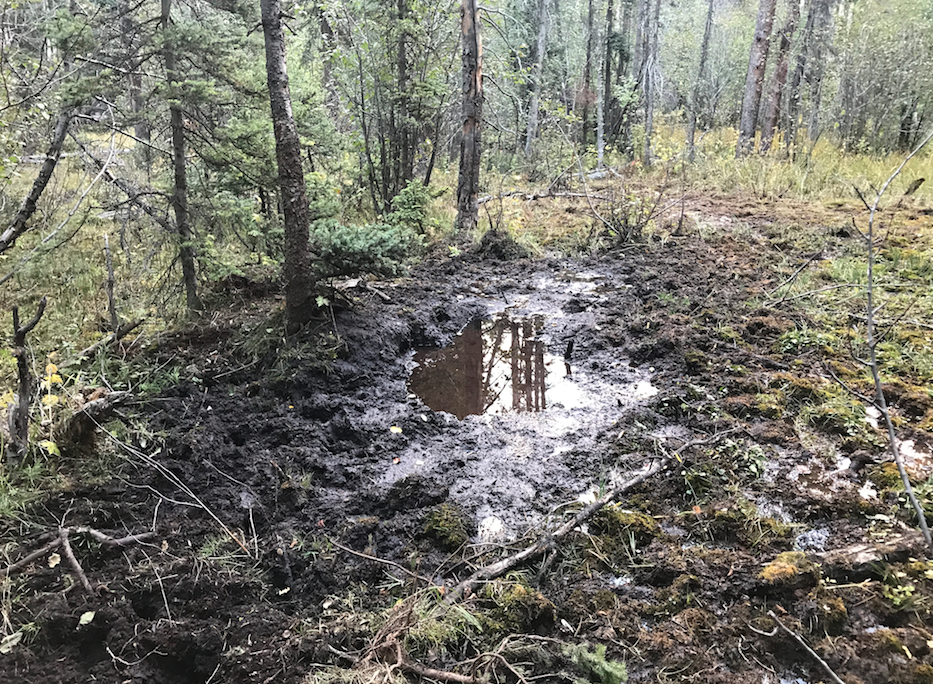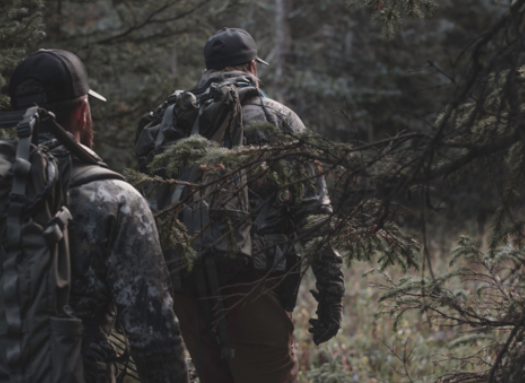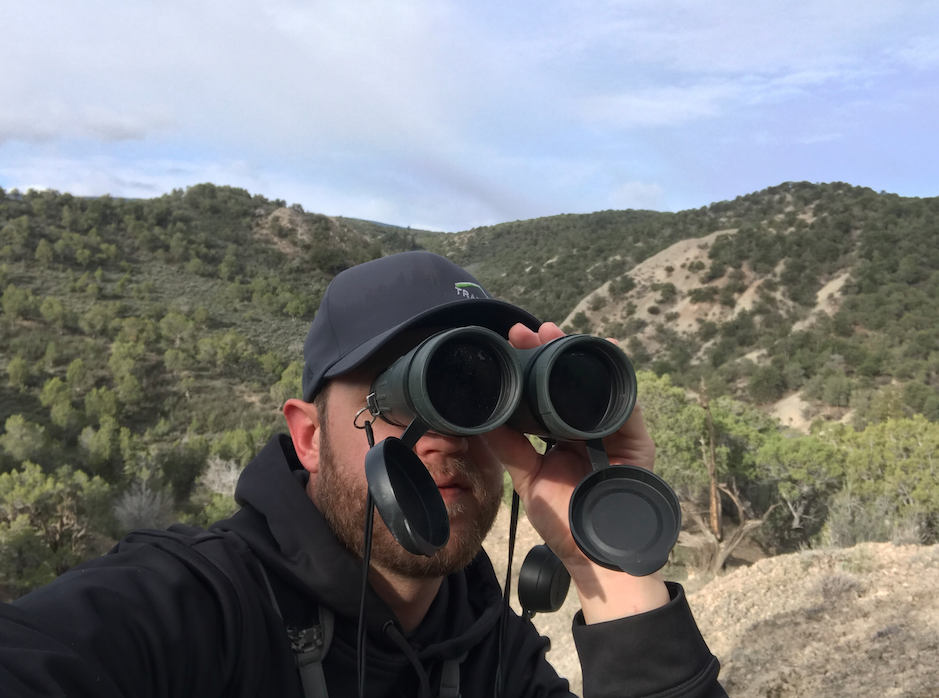transition wild
Off

– By Adam Parr
As we move into the middle of September with two weeks of archery remaining and four rifle seasons knocking at the door, it’s safe to say elk hunting is currently in full swing. Colorado boasts more elk inside its borders than any other state in the country and with plenty of over-the-counter (OTC) opportunities, there’s no wonder why the Centennial State attracts a quarter-million elk hunters each fall.
I moved to Colorado in 2015 and ever since my first elk season, I’ve noticed an increase in hunting pressure year over year, especially on public land. With elk hunting gaining in overall popularity, advancements in gear technology, and a geographic location that lends itself well to the shortest amount of travel for many non-residents, Colorado elk get pressured…HARD.
In addition to my own hunting experiences, I get the chance to hear stories from many groups of hunters that rent elk hunting cabins from me in Southwest Colorado as well as guests that I have on the Transition Wild Podcast. When pressure increases, I’ve noticed some commonalities among people who pack out heavy versus those who make the long drive home with empty coolers. Keeping this in mind, here are three simple strategies that will help increase the odds of killing a highly pressured public land elk in Colorado during the 2020 season, and years ahead.
Hands down the most successful elk hunters in Colorado I’ve seen as of recent are those who find the fresh sign and set up shop for hours or days on end. This often goes against the status quo especially for archery hunters who are chasing rut crazed bugles in September but you have to remember, these are not the Primo’s videos from the late ’90s. Are elk killed by running down bugles and hiking endless miles of wilderness? Of course, but I’ve consistently witnessed a higher success rate among those who implement the waiting game, especially for beginners who do not have a lot of western hunting experience.
To give you a few examples, I had a group of hunters stay at our cabins during the third week of September in 2019 and one of the guys was an elderly gentleman in his mid-seventies. He walked with a pretty good limp so I anticipated some rough days ahead but wouldn’t you know it, later that week he sent me photos of a 6×7 he had taken with his bow while sitting on an aspen bench not too far from the road. During the 2016 season, I implemented this same strategy where I sat over a small meadow and shot my first bull as he walked past me at 25 yards. And most recently, I saw the same thing utilized by the guys at GoHunt on their latest short film, “Out West – A Wyoming Backcountry Elk Hunt”. Chris and Trail spent many days putting on the miles with no shot opportunities before coming across a small meadow and a wallow with tons of hot sign. When the calling and chasing game didn’t produce, they staked out an ambush location and shot two beautiful bulls during the remaining days of their hunt.

The moral of the story, if you find really good sign, don’t be afraid to get comfy. Yes, perhaps the guy who covers the miles and is a better caller will get more eyes on elk, but I’m a firm believer that in a highly pressured state such as Colorado, the guy or gal who patiently waits will have better odds of actually killing. Unless you are Paul “Elk Nut” Medel, there is a big difference between calling in 10 elk that come in silent and pick you off before you can draw your weapon versus just one bull that gives you a chip shot as he calmly walks by. Depending on your level of elk hunting experience, it could be a more productive strategy because it’s all about maximizing your chance at a SHOT OPPORTUNITY, rather than just a close encounter. Both are cool, but which one would you rather have?
As the hunting pressure sets in, the chances of catching an elk cruising through an aspen bench or feeding in an open meadow can be extremely limited during daylight hours so it’s important to get in early and stay late. This could mean waking up at 3 am and hiking two hours up a mountain to be in position well before dawn and staying in those prime locations until the very last minute of legal shooting light. It’s not always fun picking your way through down-fall timber in the dark, but if you want to maximize the chance for a shot on goal, literally every minute counts. It’s a total grind and you’ll certainly be worn down but it can pay dividends while everyone else is sleeping in or getting back to camp well before sunset.
I had Cliff Gray of Flat Tops Wilderness Guides on my podcast to talk about Colorado elk hunting and he filled us in on what separates the men from the boys when it comes to consistently killing elk. He gave us the example of a pair of guys that have hunted out of his drop-camps for many years and they double up on bulls each season. A big part to their success is that they are always the first to leave camp in the morning and are always the last to return in the evening, putting in a serious amount of effort that most people aren’t willing to do.

The biggest takeaway I’ve seen from many people who are successful is they keep grinding and don’t let the little obstacles or failures get them down. Grinding doesn’t necessarily entail hiking 12 miles day after day, it just means getting after it and hunting while others are sleeping or heading back to camp early, even if you only get a quarter-mile off the road and sit on a well-used game trail. Successful elk hunters are mentally tough and will stay focused on the task at hand even if they aren’t seeing elk on a daily basis. As the old saying goes, “You can’t kill em’ from the couch!”
When people envision pristine, romantic elk country, they envision miles and miles of endless National Forest above 10,000 feet, but how many other hunters are headed to that same destination? I’m constantly driving forest service roads throughout the Fall and it’s not uncommon to see wall tents, campers, and outfitters galore throughout many parcels of USFS land. Although elk are found in good numbers on National Forest, the hunting pressure can be extremely high. If you are running into more people than animals, it may be a good opportunity to explore some new ground in areas that you may have passed by previously.
I had Jared Scheffler of Whitetail Adrenaline on my podcast to talk about public land elk hunting and he describes a scenario where he was chasing a big bull in Colorado on a smaller chunk of lower elevation BLM land. He stated that everyone else was overlooking this sagebrush honey hole as he watched countless vehicles filled with hunters drive past him on their way to National Forest in search of “greener pastures.” Meanwhile, Jared was hunting unpressured elk in an area that had virtually no other hunters, which is always an ideal situation.
2020 has been a dry summer in Colorado and even though we recently had precipitation, lush high country feed is pretty burnt up. During dry years I will concentrate some of my efforts on lower elevation public lands that border irrigated alfalfa fields on private property. Elk require around 15-20 pounds of vegetation per day to sustain themselves so if I find a well-known food source such as agricultural cropland, I’ll try to position myself on a travel corridor between bedding and feed in hopes of catching one strolling by in search of a snack.

Prior to your hunt, take some time to digital scout other areas as backup plans if option A doesn’t pan out the way you thought it would. Look for small slivers of public land nestled between private ranches that may be tough to access due to terrain obstacles such as a river or a steep ravine. These areas will hold elk if no one else has been hunting there and they might just be closer than you think.
Hey, if you want to cover miles of ridgetops in the National Forest at 11,000 feet, pushing out bugles every 20 minutes, then more power to you! Elk hunting is about the experience YOU want to have and I won’t knock anyone for implementing any legal strategy or tactic. I’m just here to share what I’ve seen work, especially for beginners who may not be in their best physical shape, who may not be able to sound the best calls or have very limited elk hunting expertise altogether. Sometimes it’s best to keep things simple and rely on patience, creativity, and grit as opposed to muscles and bugles as the only way to get it done, especially in highly pressured Colorado. Good luck this fall, hunt hard, and shoot straight!